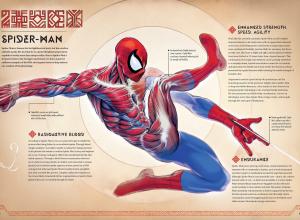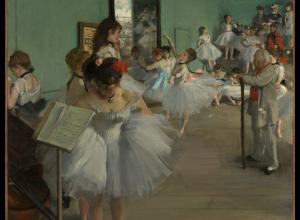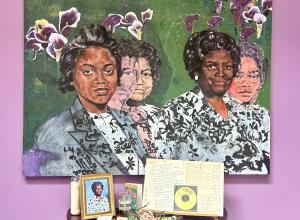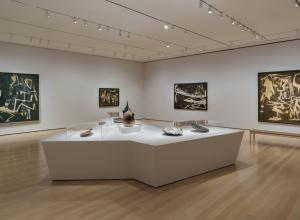The lengthy three hours are documented by a clock in red that counts down the event, not unlike the clock at Matthew Barney’s former studio on the East River, counting down Trump’s last day in office from 2017-2020.
For the duration of Doom, the crowds move through the hall in what looks like a concert venue, following directional spotlights each time they illuminate a new act. Imhof takes those present and mostly standing on a raucous ride of love and heartache interjected with reminders of life and death.
There are many references ranging from Shakespeare’s Romeo and Juliet (the Baz Lurhmann version) to scripted texts and songs from nearly every music genre. In fact, many people left the Armory humming along to Radiohead’s “Talk Show Host," 1996.


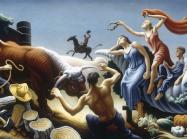
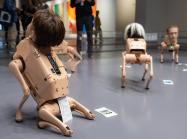
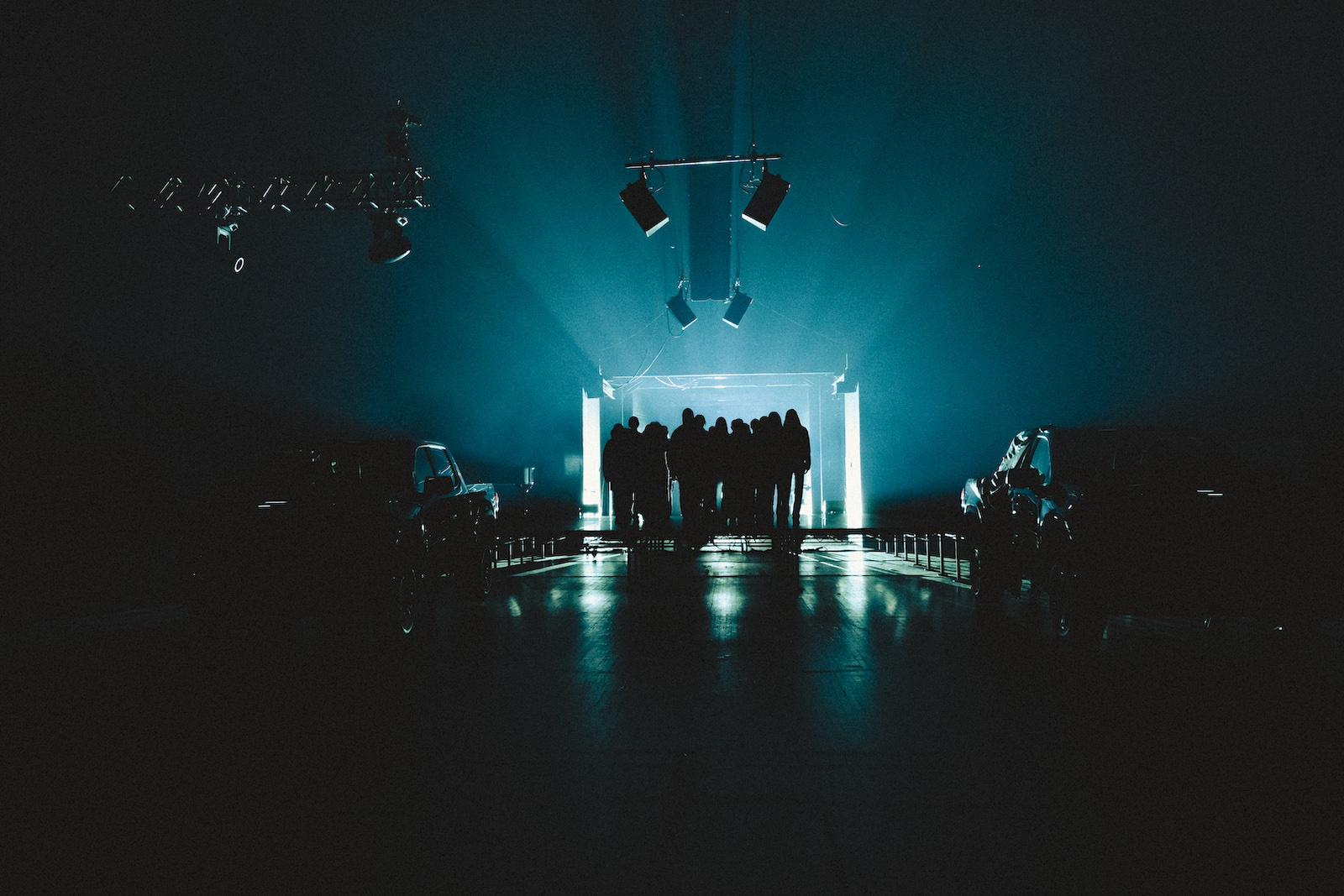
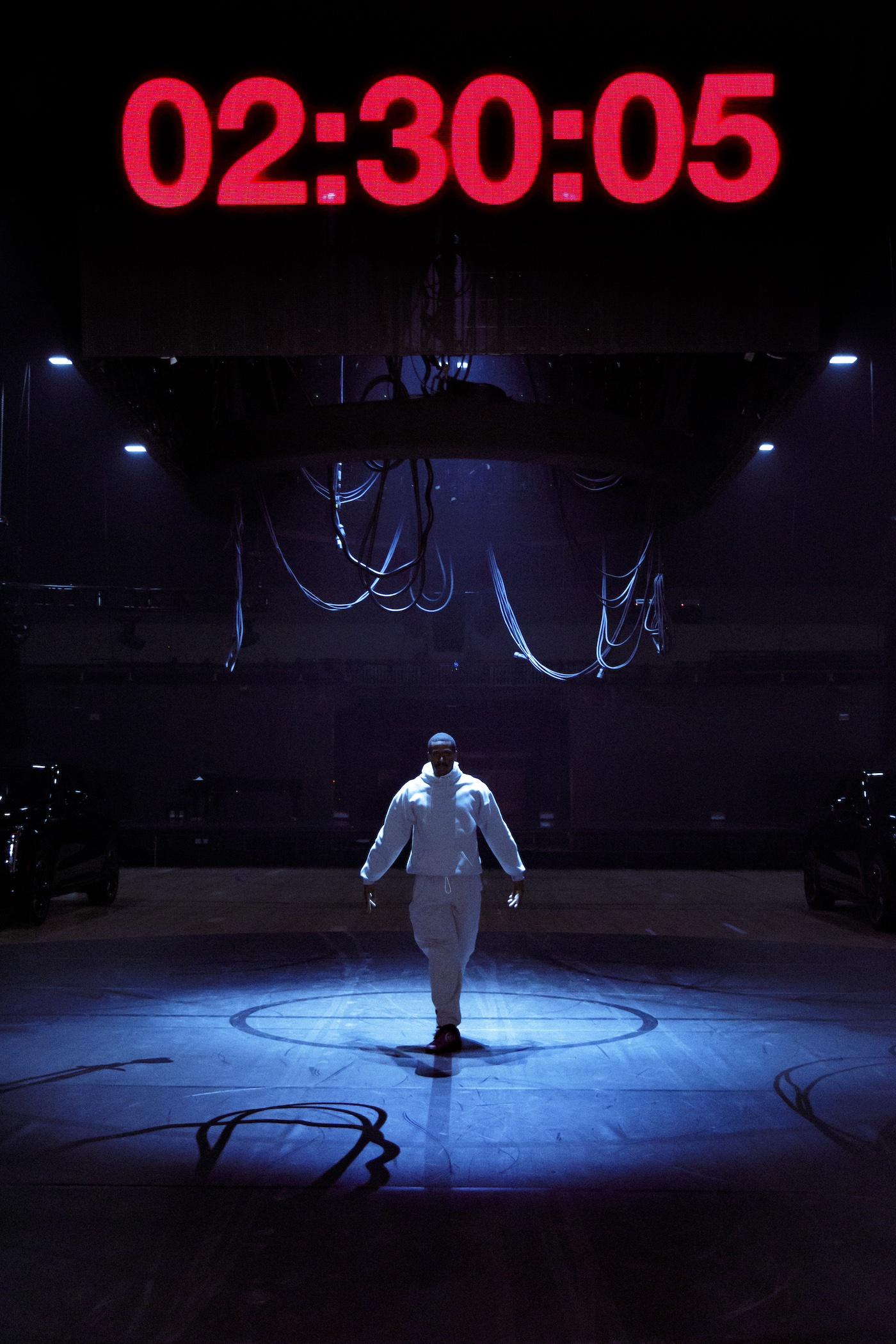
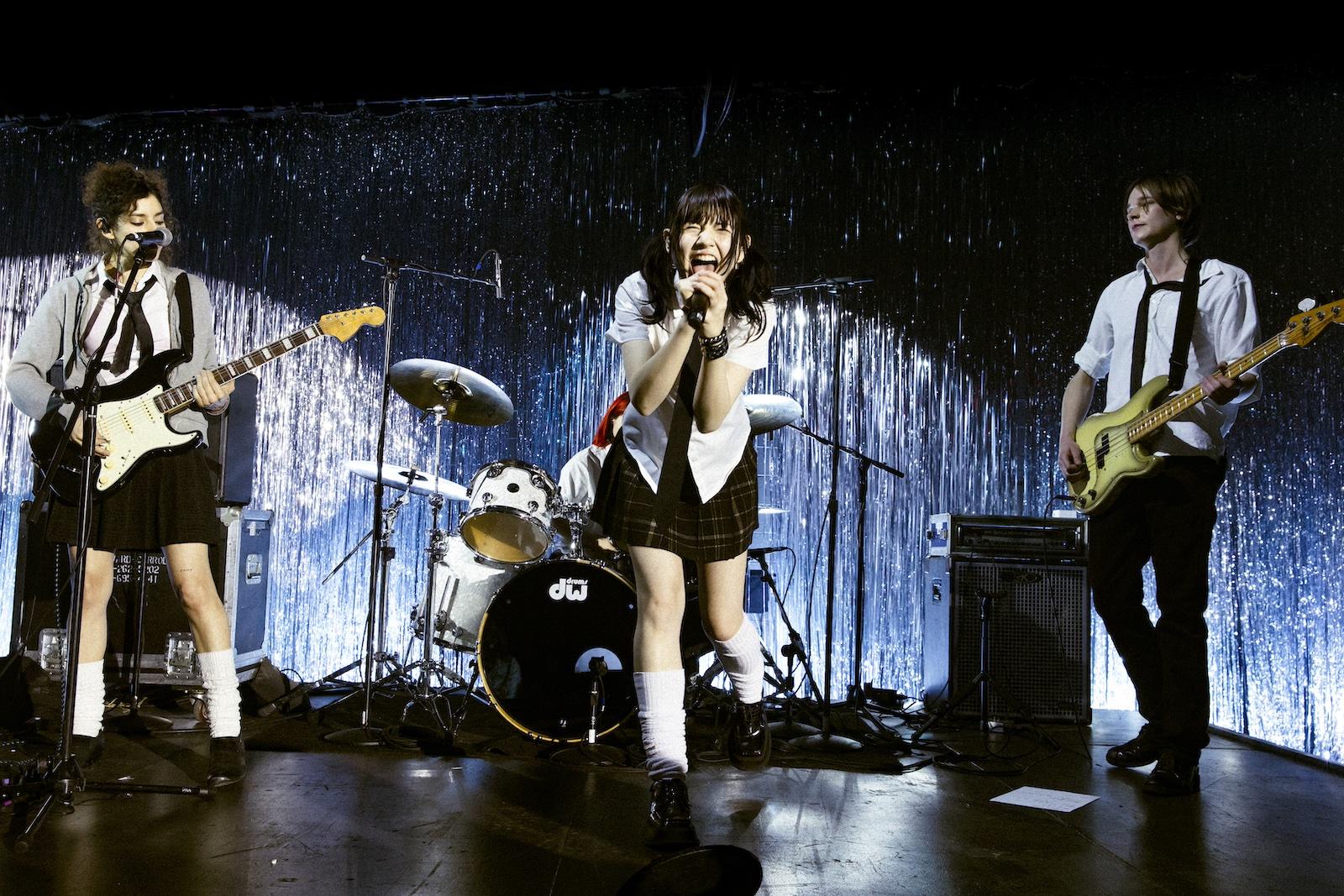
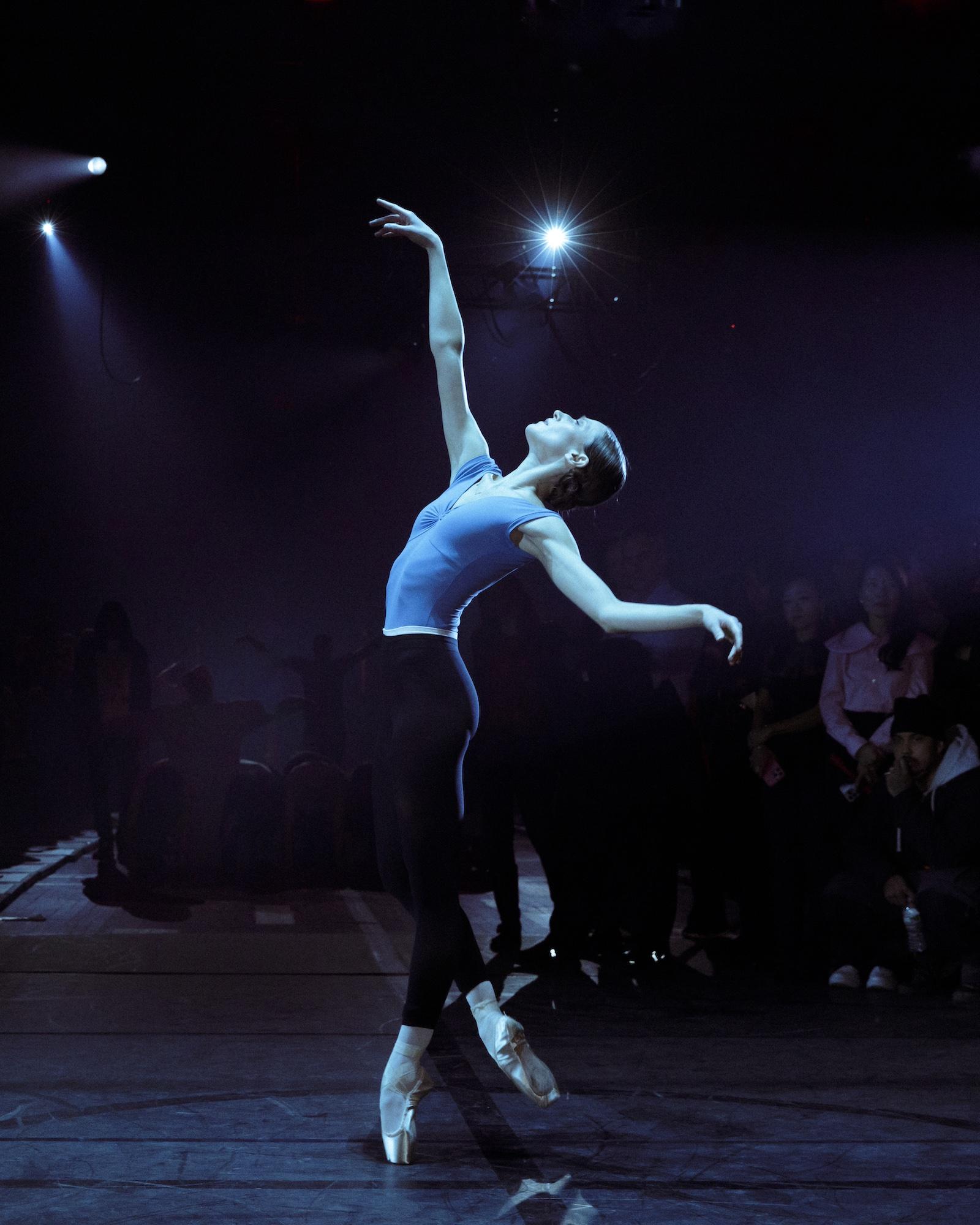
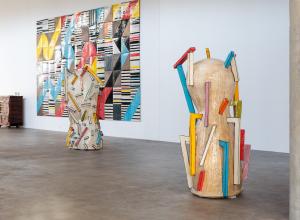

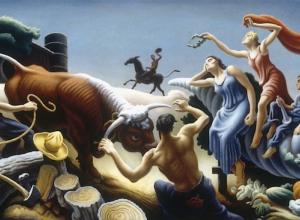
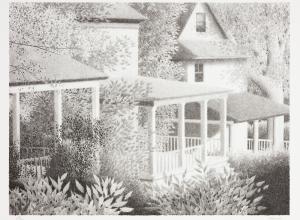
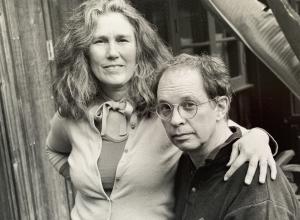


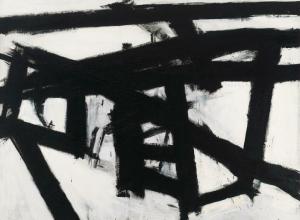
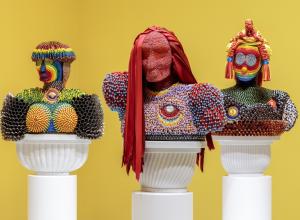


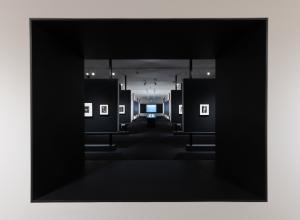
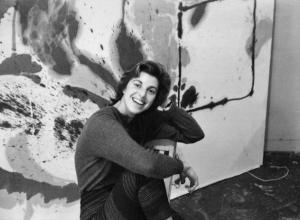


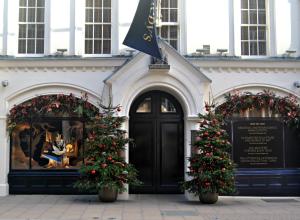
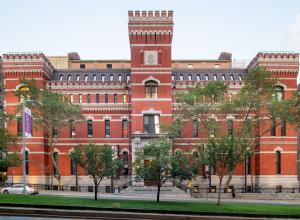

![DEl Kathryn Barton [Australian b. 1972] the more than human love , 2025 Acrylic on French linen 78 3/4 x 137 3/4 inches 200 x 350 cm Framed dimensions: 79 7/8 x 139 inches 203 x 353 cm](/sites/default/files/styles/image_5_column/public/ab15211bartonthe-more-human-lovelg.jpg?itok=wW_Qrve3)
